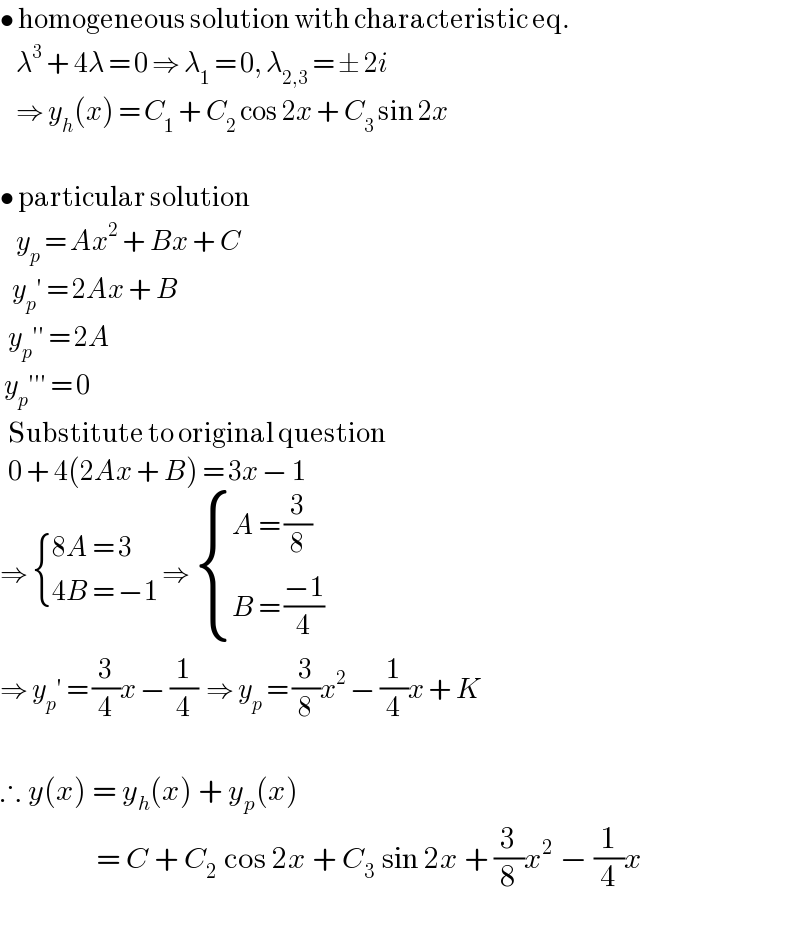
Question and Answers Forum
Question Number 81554 by jagoll last updated on 14/Feb/20

Answered by TANMAY PANACEA last updated on 14/Feb/20

Commented by jagoll last updated on 14/Feb/20

Commented by mr W last updated on 14/Feb/20

Commented by jagoll last updated on 14/Feb/20

Answered by Joel578 last updated on 14/Feb/20

